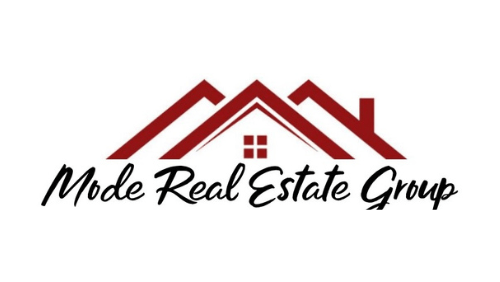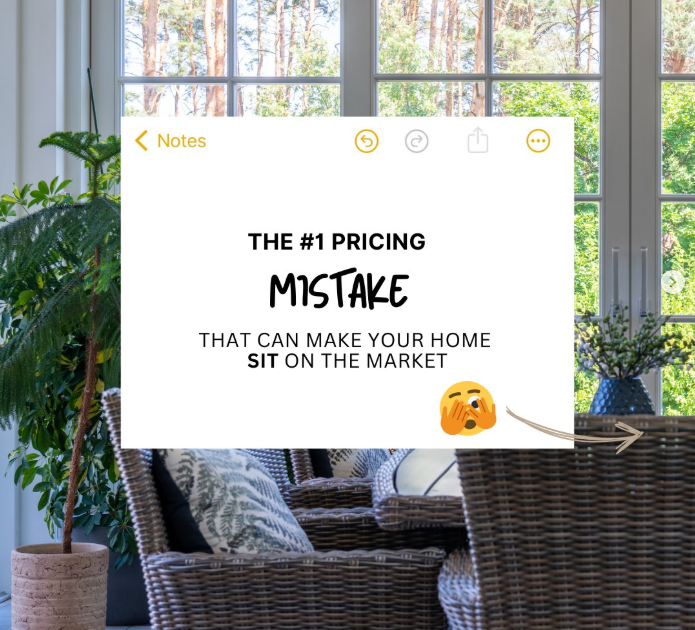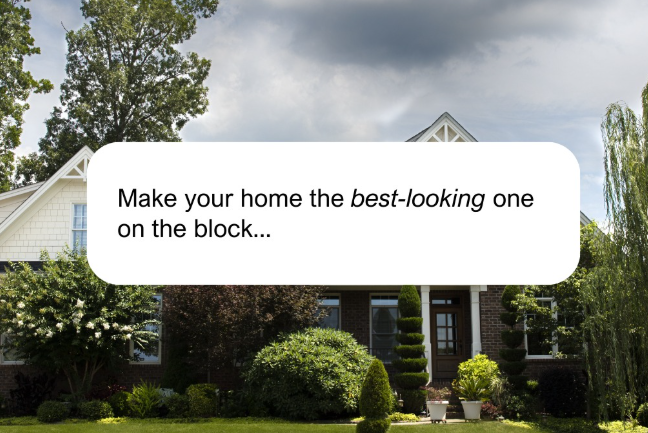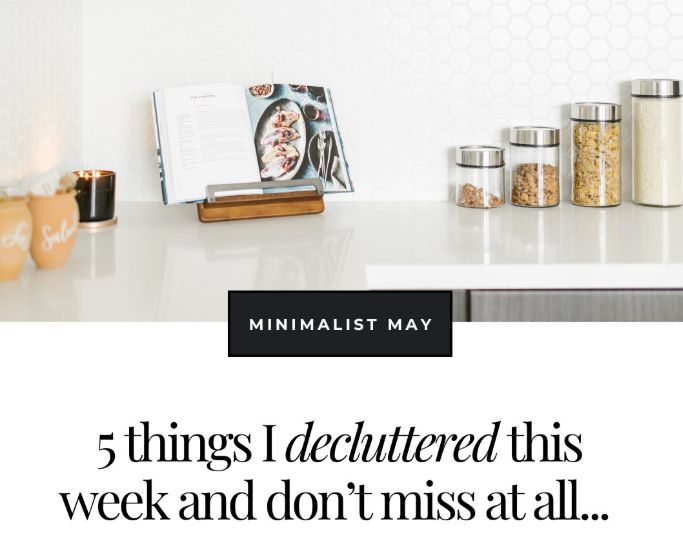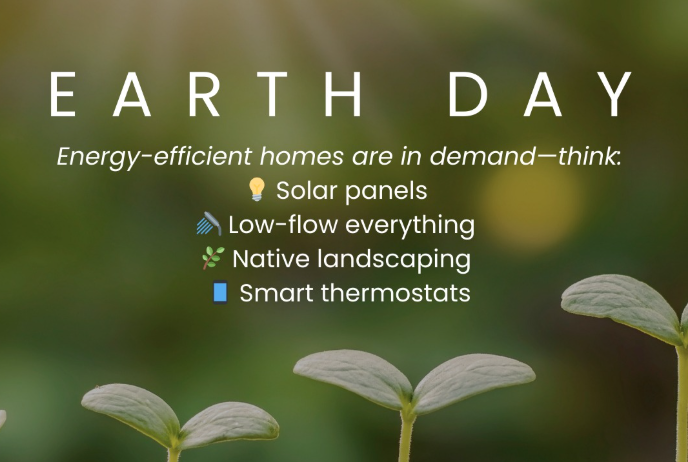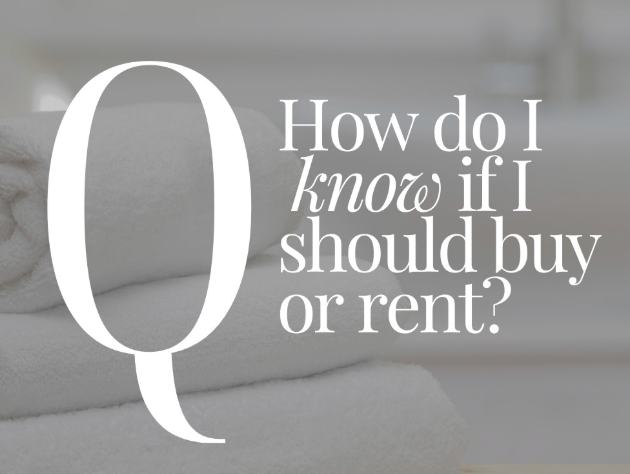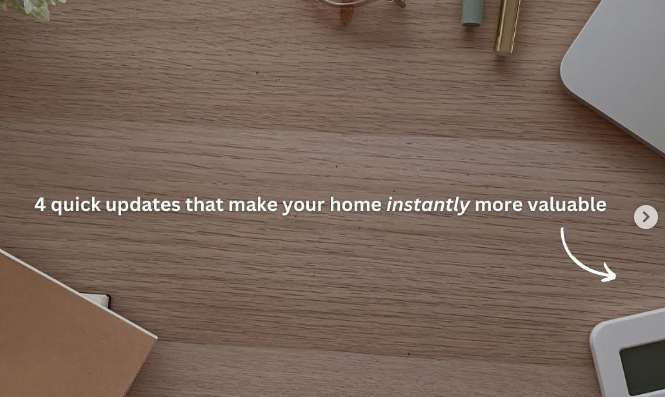Home Value Facts vs. Fiction: What Really Impacts Your Property Value
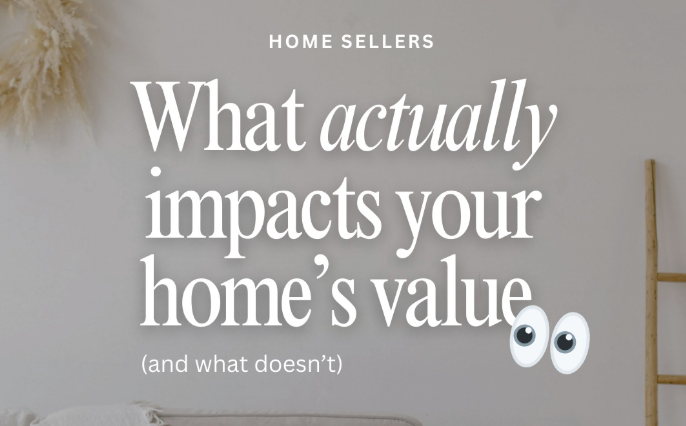
In the world of real estate, separating fact from fiction is crucial when it comes to understanding what truly increases your home's value. Many homeowners invest time and money into improvements that they believe will significantly boost their property's worth, only to discover that these investments yield minimal returns when it's time to sell.
What ACTUALLY Impacts Your Home's Value
Location Remains King
Despite changes in the housing market over the years, location continues to be the single most influential factor in determining a property's value. Proximity to good schools, shopping, employment centers, and desirable neighborhoods still drives buyer interest and pricing.
Square Footage and Functional Layout
The size of your home and how efficiently that space is utilized matters tremendously. Open, flowing floor plans with sensible room proportions generally command higher prices than awkward layouts, regardless of total square footage.
Kitchen and Bathroom Updates
These remain the workhorses of home value. Modern, updated kitchens and bathrooms consistently deliver strong returns on investment because they represent spaces where buyers spend significant time and that are expensive to renovate.
Curb Appeal
First impressions are powerful. Well-maintained landscaping, an attractive entrance, and a home exterior in good condition create emotional appeal that translates to perceived value. Many buyers make judgments about a property before ever stepping inside.
Core System Condition
The unsexy but crucial elements of your home—roof, HVAC, electrical, and plumbing systems—significantly impact appraisals and offers. Buyers are increasingly wary of properties that might require expensive infrastructure updates shortly after purchase.
What DOESN'T Substantially Increase Value
Trendy Design Elements
That fashionable wallpaper or bold design choice that's currently trending on social media might look great in photos, but it rarely translates to higher offers from buyers who may have different tastes.
Bold Personal Color Choices
While inexpensive to change, distinctive color selections like purple accent walls can actually detract from value by making it harder for potential buyers to envision themselves in the space.
High-End Décor That Won't Convey
Expensive furniture, artwork, and decorative items that won't stay with the home after sale don't contribute to the property's appraised value, regardless of how much they enhance the current living experience.
Emotional Attachment
The memories you've created in your home and the personal significance of certain features don't translate to monetary value for buyers who are approaching the property with fresh eyes and their own needs.
The Bottom Line
When making home improvement decisions with resale value in mind, focus on improvements that enhance function, durability, and universal appeal rather than those that primarily reflect personal taste. Buyers consistently pay premiums for homes that offer practical benefits and require minimal immediate investment after purchase.
Understanding this distinction can help you make smarter renovation choices and set realistic expectations about your home's market value when it's time to sell.
